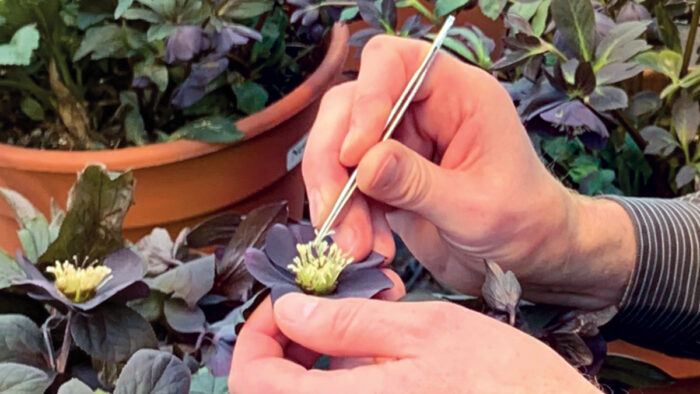
Plant breeders work to develop disease-resistant plants using a mix of traditional breeding and hybridization techniques. By selecting the strongest traits and enhancing natural defenses, they can create plants that fight off fungi, bacteria, and viruses—reducing the need for chemical treatments and making gardening more sustainable. The traits for disease resistance can come from many places:
1. Naturally resistant plants
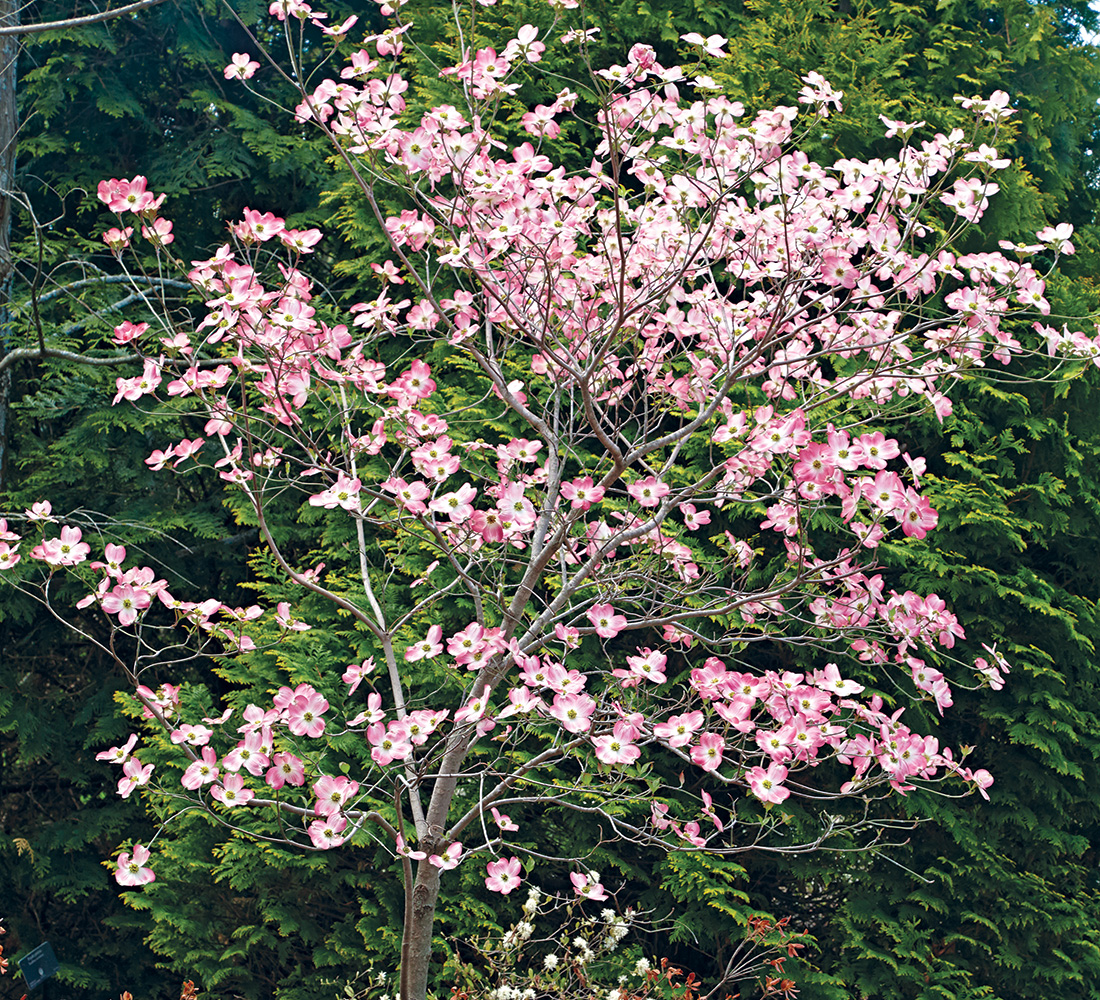
Cherokee Brave® flowering dogwood was found as a chance seedling at a nursery that was growing thousands of seedlings for sale for rootstock and for grafting other selections. The nursery owner recognized that this one seedling stayed clean and disease-free when all the others around it did not. They went on to breed this disease-resistant selection over and over to make it widely available in the nursery trade.
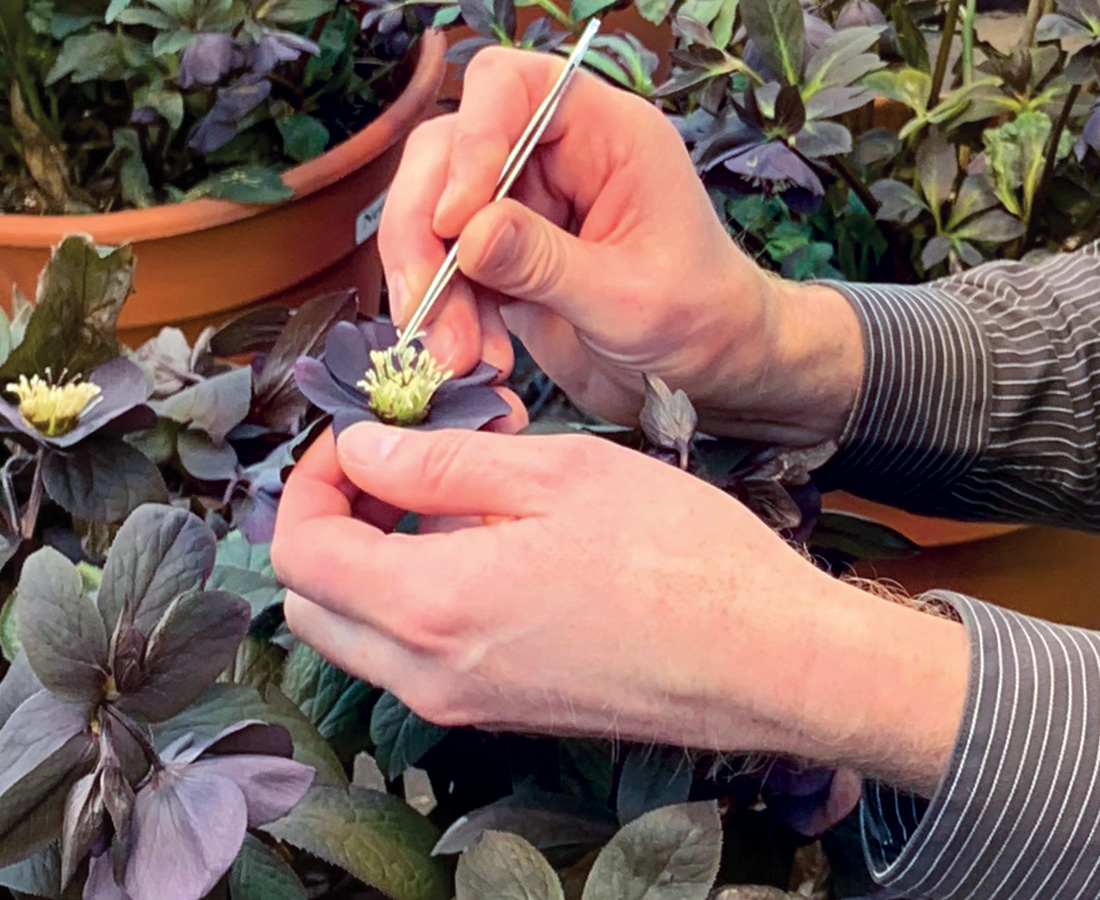
2. Disease-resistant hybrids
Hybrid plant breeders working on disease resistance will often use plants like Helleborus × iburgensis (that has proven disease resistance) in a lab setting and purposely cross it with other hellebores to develop more disease-resistant hybrid cultivars. These new varieties often have different characteristics than the parents, such as flower color or form.
3. Resistant species crosses
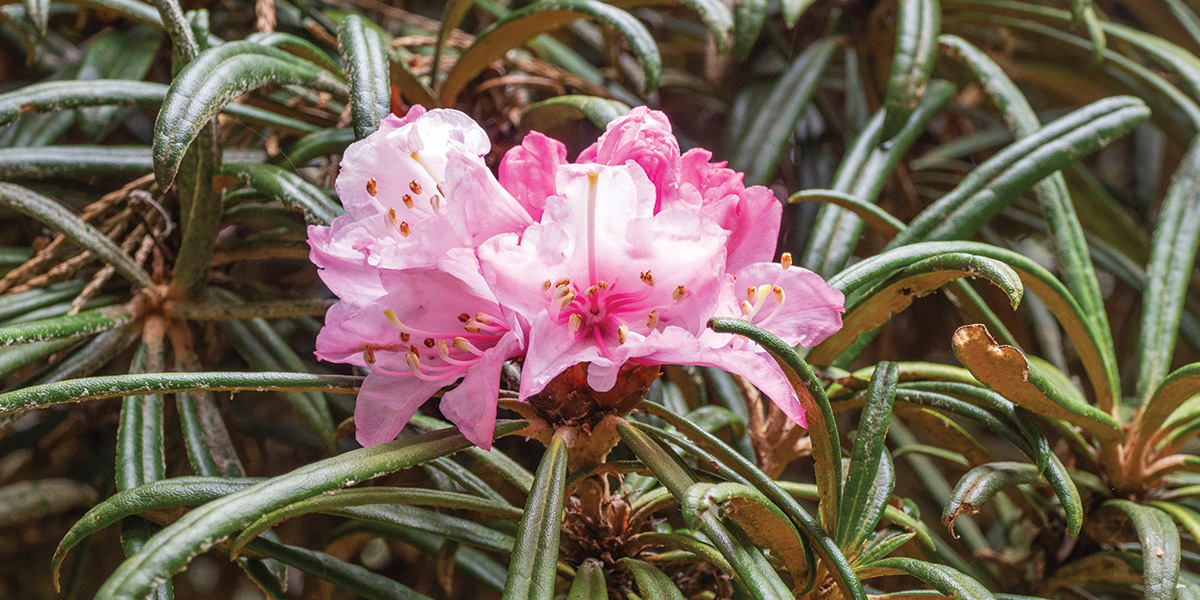
Sometimes new plants are created by crossing a disease-prone species and a related but disease-resistant species. A series of rhododendrons, for instance, were crossed with the heat-tolerant Makino rhododendron (R. makinoi, Zones 5–8) (pictured) to create tougher rhodies for hot locales.
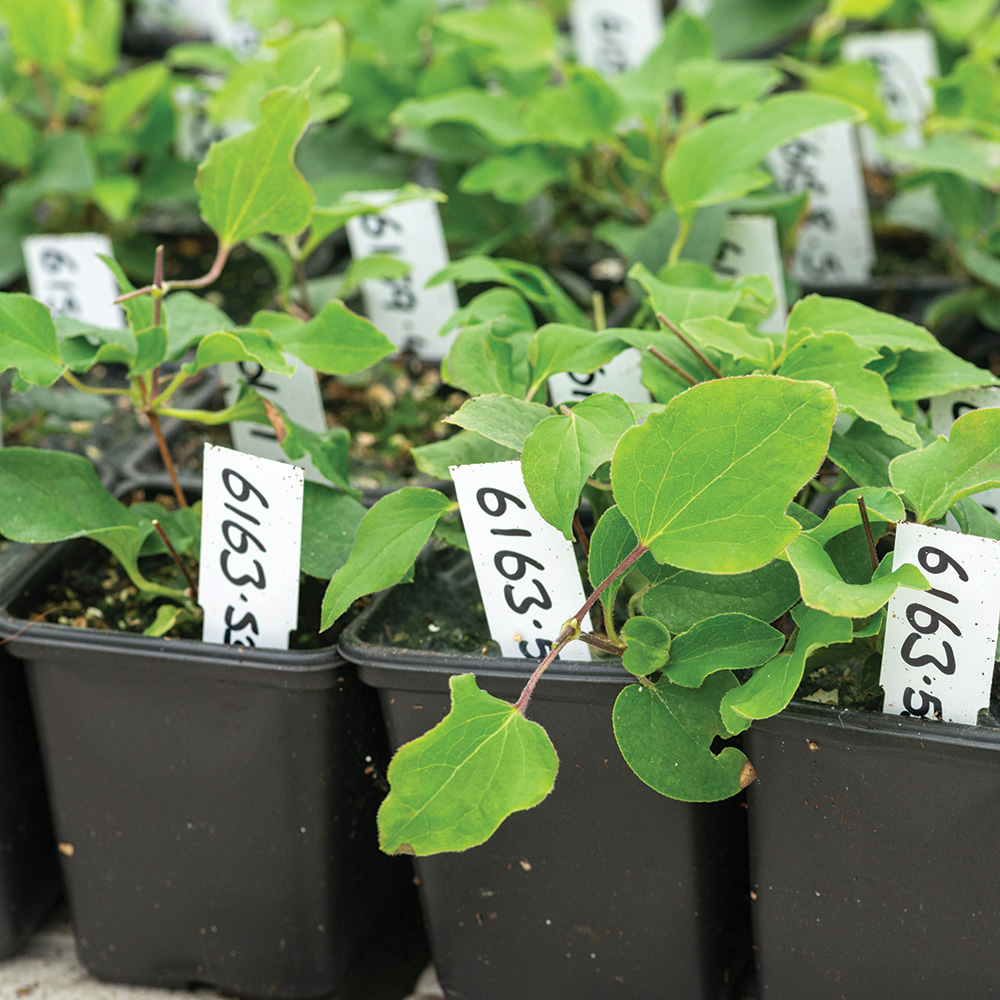
Testing New Selections
New disease-resistant plants are often grown in crowded conditions with susceptible plants to see if they remain disease-free when exposed to high pathogen concentrations. Sometimes these new selections may be directly inoculated with a disease. In rigorous breeding programs, only the best of the best ever reach the market, and it often takes multiple generations and many years before a good resistant plant with all the ornamental characteristics we desire is available for sale
Mark Weathington is the director of the JC Raulston Arboretum at North Carolina State University in Raleigh, and the author of Gardening in the South: The Complete Homeowner’s Guide.
Fine Gardening Recommended Products
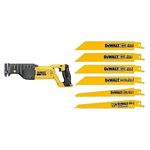
DeWalt Variable-Speed Cordless Reciprocating Saw with 6-Piece Saw Blade Set
Fine Gardening receives a commission for items purchased through links on this site, including Amazon Associates and other affiliate advertising programs.
- 18.31 x 6.13 x 4 inches
- 1-1/8-inch stroke length
- Variable speed trigger with 0-3000 spm
- DW4856 Metal/Woodcutting Reciprocating Saw Blade Set, 6-Piece
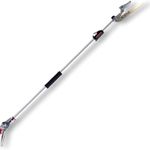
ARS Telescoping Long Reach Pruner
Fine Gardening receives a commission for items purchased through links on this site, including Amazon Associates and other affiliate advertising programs.
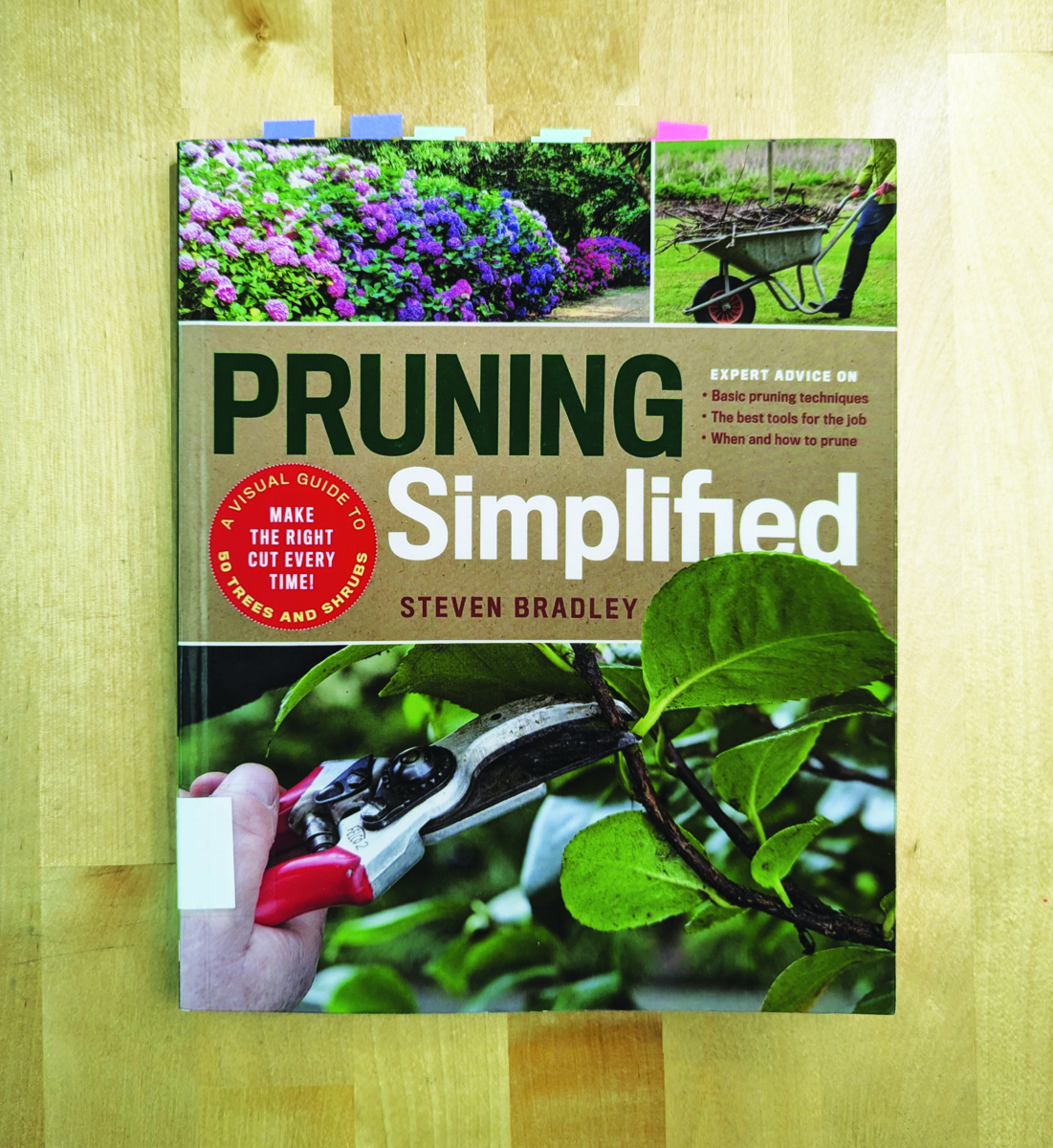
Pruning Simplified: A Step-by-Step Guide to 50 Popular Trees and Shrubs
Fine Gardening receives a commission for items purchased through links on this site, including Amazon Associates and other affiliate advertising programs.







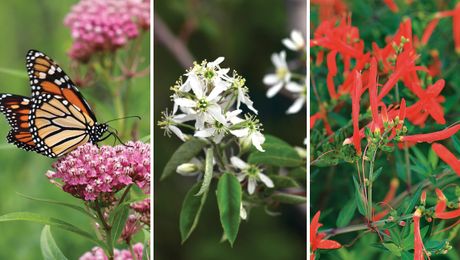



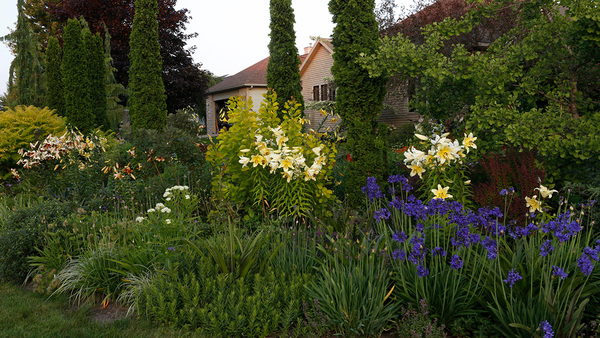




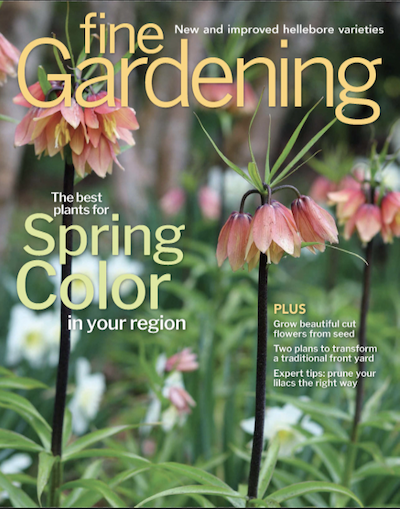


Comments
Log in or create an account to post a comment.
Sign up Log in